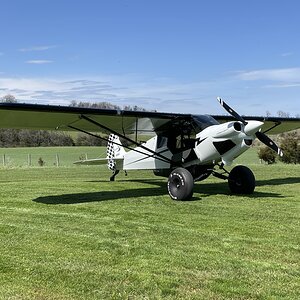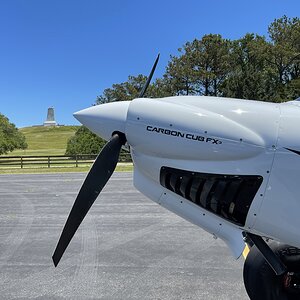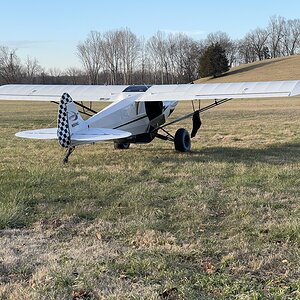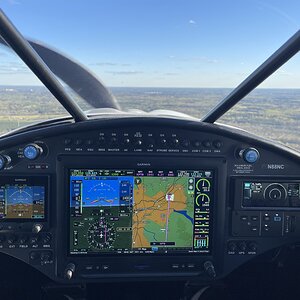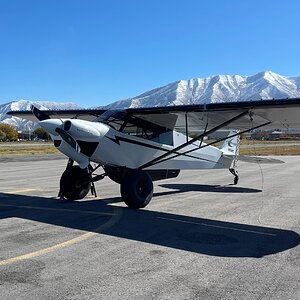Why the confusion here? Quick quiz: what do you call an ILS approach when the glide slope is missing or inoperative?
You call it an ILS.
Don't be surprised then, if the lateral (LNAV) navigation component of an ILS approach is coded in a GPS/FMS/RNAV database. Of course it is. How is this any different than coding a localizer only aproach, a VOR approach, a NDB approach, or a GPS approach? It isn't any different. From the box, they're all installed and flown the same. If you're flying LNAV, there isn't really any difference.
If you have LNAV on board, in whatever form it may be (disregarding any various VNAV capability that a particular unit may have...not applicable here), why would you not load the approach when flying it??
Flying the approach raw data, if you will, and referencing your FMS or GPS unit is only good cockpit resource management and good situational awareness.
Not enough information is given here to determine the purposes of the exmainer, other than the examiner having stated that he didn't want the fixes in the GPS used as the primary navigational item. Rather than speculate on why the examiner chose this path, just use the victor radios, dial in the approach, and fly it normally. Put in the approach in the GPS as backup, state as much, and continue the ride without comment.
While I may not be looking at a moving map or display while on the inbound course of an ILS for primary guidance, I've still got it tuned up on the FMS, and the fixes are right there for quick reference to aid and enhance my situational awareness. The last Business & Commercial Aviation listed an account of an experienced Metro pilot who flew into a hillside and was killed during an instrument approach. It was an approach he had flown hundreds of times. He was flying it raw data. He had an inoperative receiver for one radio, and this deviated from his normal proceedure. He experienced a high rate of descent, flew through the glideslope and impacted terrain. One can only imagine how much better his situational awareness might have been had he a moving map and backup GPS/FMS available to view as he flew the approach. He needn't have used it for primary guidance; he had all the tools necessary to fly the approach safely without it...but what an enhancement, what a gift. Perhaps he would be alive right now.
Lay in the approach. Don't be surprised that it's in the data base, because if you fly an ILS when the glide slope is out, you're still flying an ILS, even if the only operative component is a localizer. It's still called an ILS. The ILS approches coded into the various databases are just the same; they're not providing you with vertical nav information, but they are providing you the same data that you'd need if you flew the localizer only, and it's still an ILS approach, glideslope or not. Because it's designated so.

